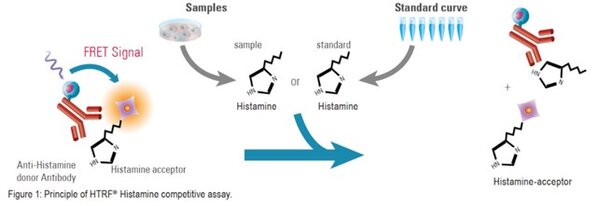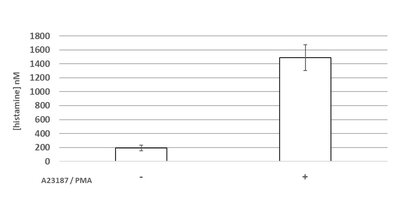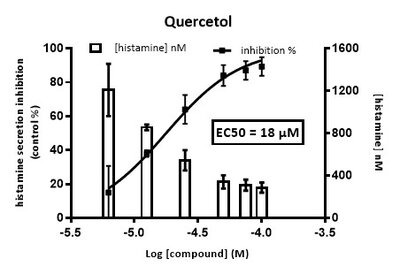Introduction
Histamine is a mediator involved in inflammatory and allergic phenomena with immediate manifestation. It is massively secreted by mast cells and basophilic polynuclei after contact with an allergen.
The determination of histamine is therefore a relevant test for the identification of potential allergens.


